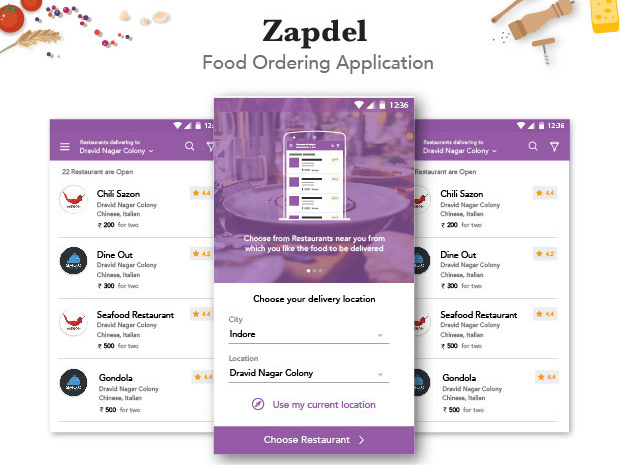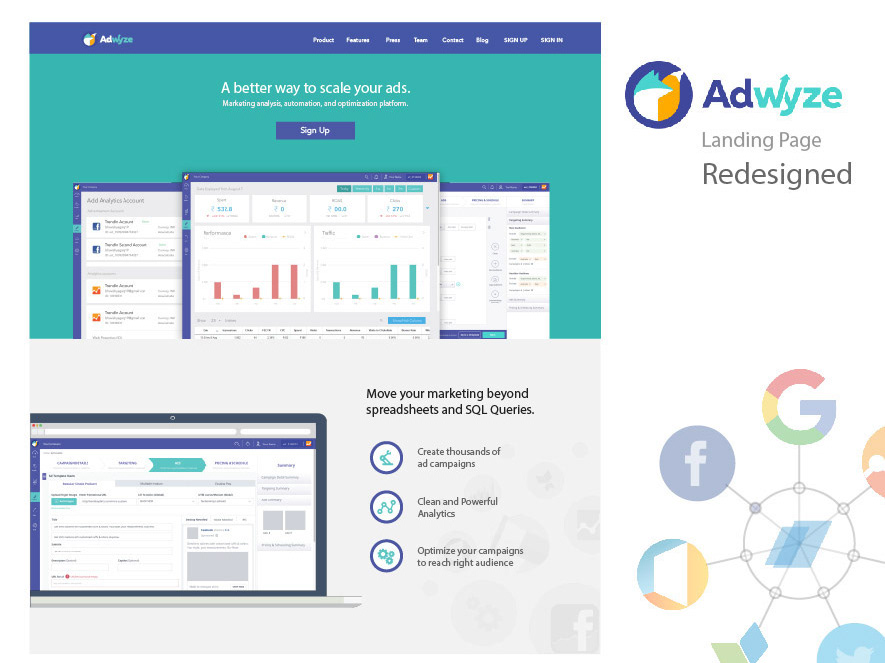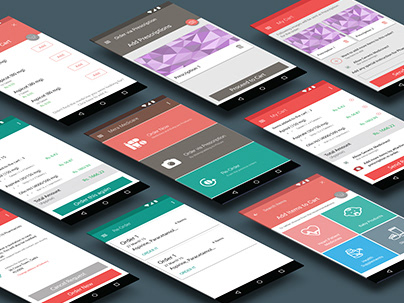Inside building of a viral-making machine
Unless you’re living under a tomb, you sure are aware of the term “Social Media Influencers”. In this world of digital revolution, we are influenced and driven by the content we subconsciously consume on the internet. These special ‘unicorns’ of Social Media with massive followings can generate a range of emotions among their followers with just one post. Businesses around the world are using this new-age of marketing medium to take their products right in front of their audience, via the person they follow, admire or trust. WittyFeed launched Viral9 on 2011 to help these content publishers (influencers) monetize their reach by posting links to articles/videos from Viral9 to their social media page. The more number of people engaged with the post, more money influencer earns. Simple model. Viral9 has over 90% of daily returning users with an average of 15.4-page visits per day per user. Most users started using the app from early in the morning and used it till midnight sporadically. That is a data-jargon for the fact that most users were the power-users of the website. They were on this platform day-in and day-out.
We used our own framework Pirates of the Product to perform a design sprint. We had to choose the appropriate track for the Viral9. As it was a complete redesign, and the previous design was not entirely user-centric, we chose to start from scratch following “Deadman’s Island” with the WittyFeed team.
Aptly named so, deadman’s island is where most startups die, because they fail to set a proper vision and user centric foundation for the product. This would help us launch our product in the market and then find more insights about how to improve the product. But for this exercise, we had to focus on the first release.









